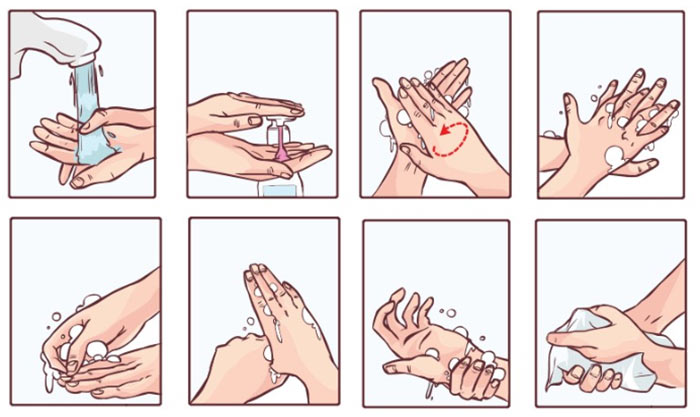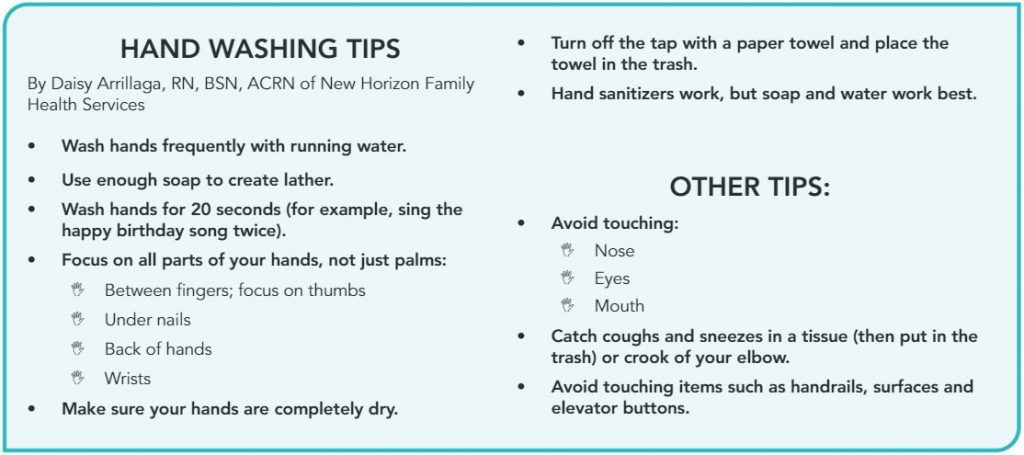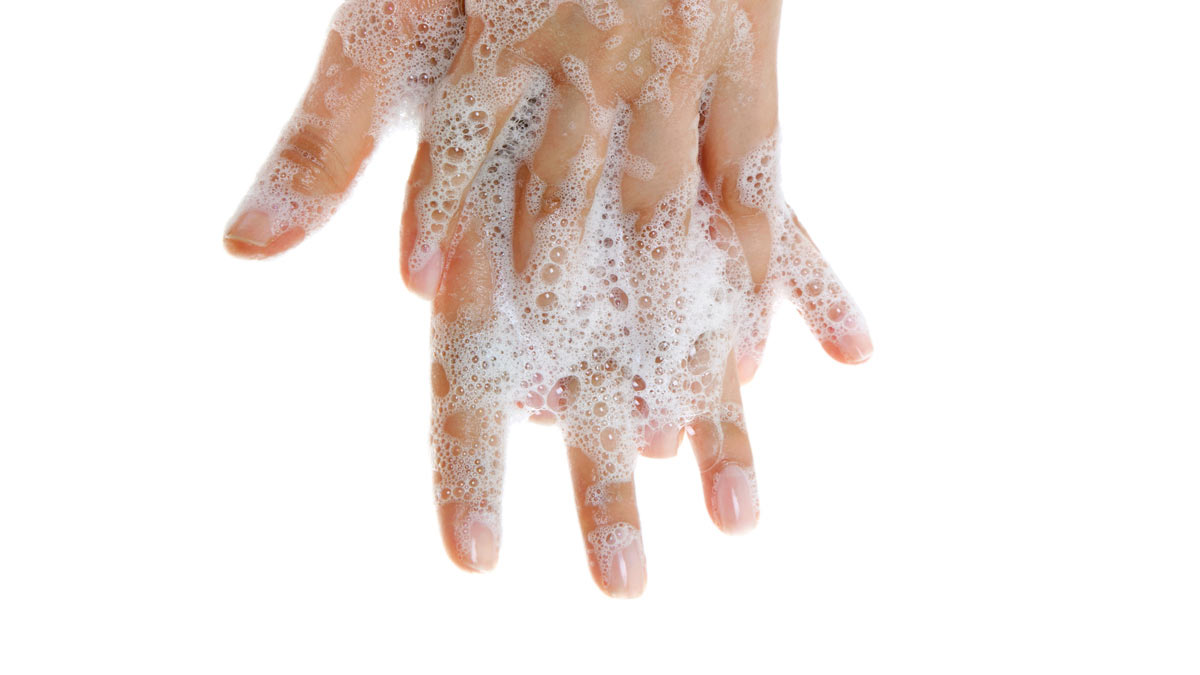HealthLinks asked two medical professionals about the truth on hand washing. Read what Daisy Arrillaga, RN, BSN, ACRN, a nurse and clinical health promotion and education specialist at New Horizon Family Health Services in Greenville, and Family Physician Dr. Thaddeus John Bell, founder and CEO of Closing the Gap in Health Care, located in North Charleston, have to say about an act of cleanliness that has become quite popular these days.

HealthLinks: What are the best tips for washing hands?
Arrillaga: “My best tip would be to wash your hands frequently with soap and running water. Germs can get onto your hands and items you touch throughout the day. Soap and water will help to remove these germs if proper hand washing techniques are used. This means scrubbing between fingers, back of hands/fingers, base of thumbs, fingernails and wrist for at least 20 seconds. I have always found singing happy birthday twice to be most helpful with the timing. Singing also helps me to forget about the everyday things I need to do and just be in the moment. Remember to dry your hands thoroughly!”
Dr. Bell: “Washing one’s hands appropriately should be done after bathroom use, before eating a meal and after being in public places, after you blow your nose or sneeze or when coming in contact with people or things that can cause infection. The use of sanitizer should be encouraged several times a day when your hands have come in contact with public places. Hand washing should be done at least for 20 seconds with soap in warm or cold water. Use a paper towel to dry your hands then discard the paper towel in the trash can. Also, be sure to wash under the nails as well.”
HealthLinks: How often should hands be washed?
Arrillaga: “In the real world, access to soap and water may not be available. My recommendation is to always keep hand sanitizer that contains at least 60% alcohol available (in your car, office, purse, key chain, etc.). It is important to use the same technique as hand washing when applying hand sanitizer.”
HealthLinks: Has fist bumping or the praying sign taken the place of shaking hands?
Arrillaga: “Call me a traditionalist, but I feel that a handshake provides warmth, friendliness and, in health care, empathy to patients and family members. Would a fist bump do the same? This is hard to say. Some would easily make the change while others may not find it to be a good substitute. No matter how you greet someone, washing your hands will often do more to keep you from spreading germs than giving someone a first bump.”
Dr. Bell: “In my opinion, the praying sign is the new form of greeting in today’s climate of COVID-19. Handshaking is out, and I think people will appreciate and understand the ‘new welcome.’”
HealthLinks: Should people in customer service always have hand sanitizer? What is your opinion on hand sanitizer vs. hand washing?
Arrillaga: “Hand washing is the best way to remove germs, while sanitizers are the second best.”
Dr. Bell: “Hand sanitizer is everywhere and should be used when it is available. Pocket hand sanitizer use should be encouraged. Hand sanitizer should have 60% alcohol for it to be effective. If you touch something in public, use hand sanitizer immediately. Both washing hands and hand sanitizer are effective in cleaning one hands.”

